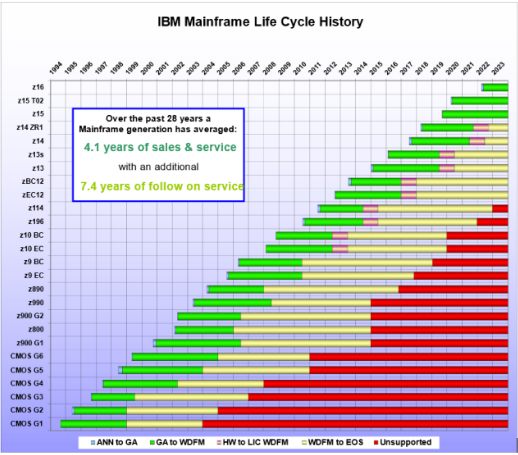Image Credits: IBM
- The original technology debt-maker, the mainframe, is still active.
- ‘Big Iron’ still processes a lot of the world’s financial efforts – insurance claims, financial transactions and beyond.
- IBM brings out a ‘refresh’ every 3 years to maintain a shred of relevance to the platform.
- Still considered the safest computing platform in the world.
- Most organizations know they want off – but the risk outweighs the rewards.
Technological innovation outpaces mainframe updates year after year. Image Credit: IBM
Time to reengineer: mainframe workload holds back business
The advent of multi-threaded, symmetric multiprocessing computing in the 1990s – where data processing could be running real-time, using relational databases and becoming interwoven into the internet – was supposed to be the end of the mainframe. The COBOL code written by our fathers (or grandfathers) bring visions of US Air Force B-52 aircraft still in service, but inside your data center.
Platform 3 Solutions has this conversation with clients weekly around (1) “the mainframe lease is coming up” and (2) “what we want to change”. Some actually take the leap and make a change, while others sign up for a lease extension deferring the hard decision.
The issue is not performance or security or reliability. These are the characteristics of the mainframe that justify existence. What has slowly killed the mainframe is the lack of:
- Real innovation
- Openness
- Skilled labor on the street
- Solutions
- Any real ecosystem
- Nimbleness
In addition to these fundamental issues, it remains relatively expensive.
The road forward
Corporate technology is the only department that has year-over-year deflation in the purchase of hardware. During this time of inflation and uncertainty, 2022 is the year to take full advantage of the economics of mainframe decommissioning. It comes with fundamental steps as follows:
- Inventory what you have running and integrated. The biggest issues with turning off a technology are the integrations and inter-dependencies. Decide what is important.
- Understand the business logic and what data should be:
- Migrated – What needs to move into a new platform? Generally, 20-25%
- Archived – The data that legal, governance and corporate archivists deem necessary. Generally, 40% – 50%
- Deleted – It is the details with no value, the logs of decades of actions, and the other noise. Generally, 20-30%
- Business Value Assessments reveal the financial value in moving. What will be saved in hard and soft dollars? What is the payback?
- Platform decisions – should it stay on premise or go to the cloud? Which platform?
- The Action Plan and how to cutover and remove the mainframe costs from operating expenses.
A fundamental challenge will be to demonstrate the value of this effort to those for who the changes will likely go unnoticed. Their tools have already evolved with layers of technology between them and the mainframe. Value can be demonstrated with either better performance, lower bill-back costs and greater innovation.
Where to start
Platform 3 Solutions has thought leaders around the world who have advised and deployed solutions for organizations who modernize and retire legacy systems (mainframes) for many types of use cases and clients. This includes technologies to automate many of the steps in the investigative and migration effort to maintain data integrity and chain-of-custody – rather the data is to be kept active, archived or deleted.
Contact us or email us directly for help with your SQL Server to PostgreSQL migration today.


